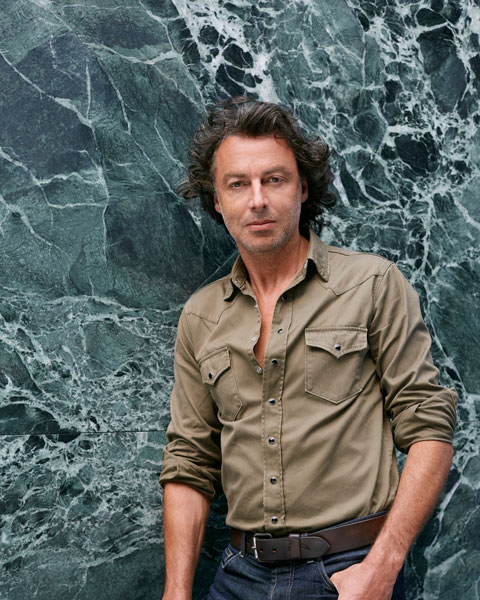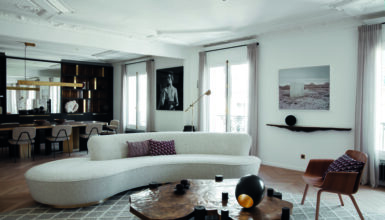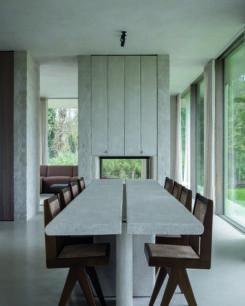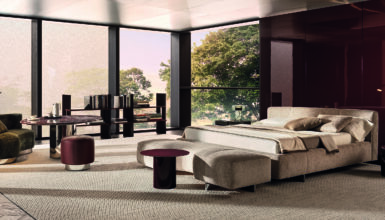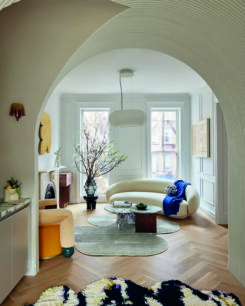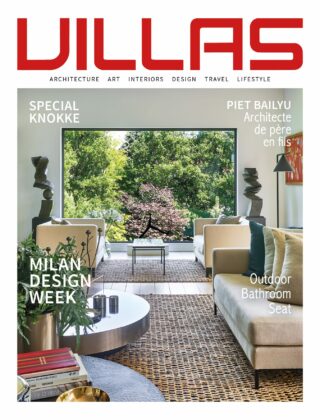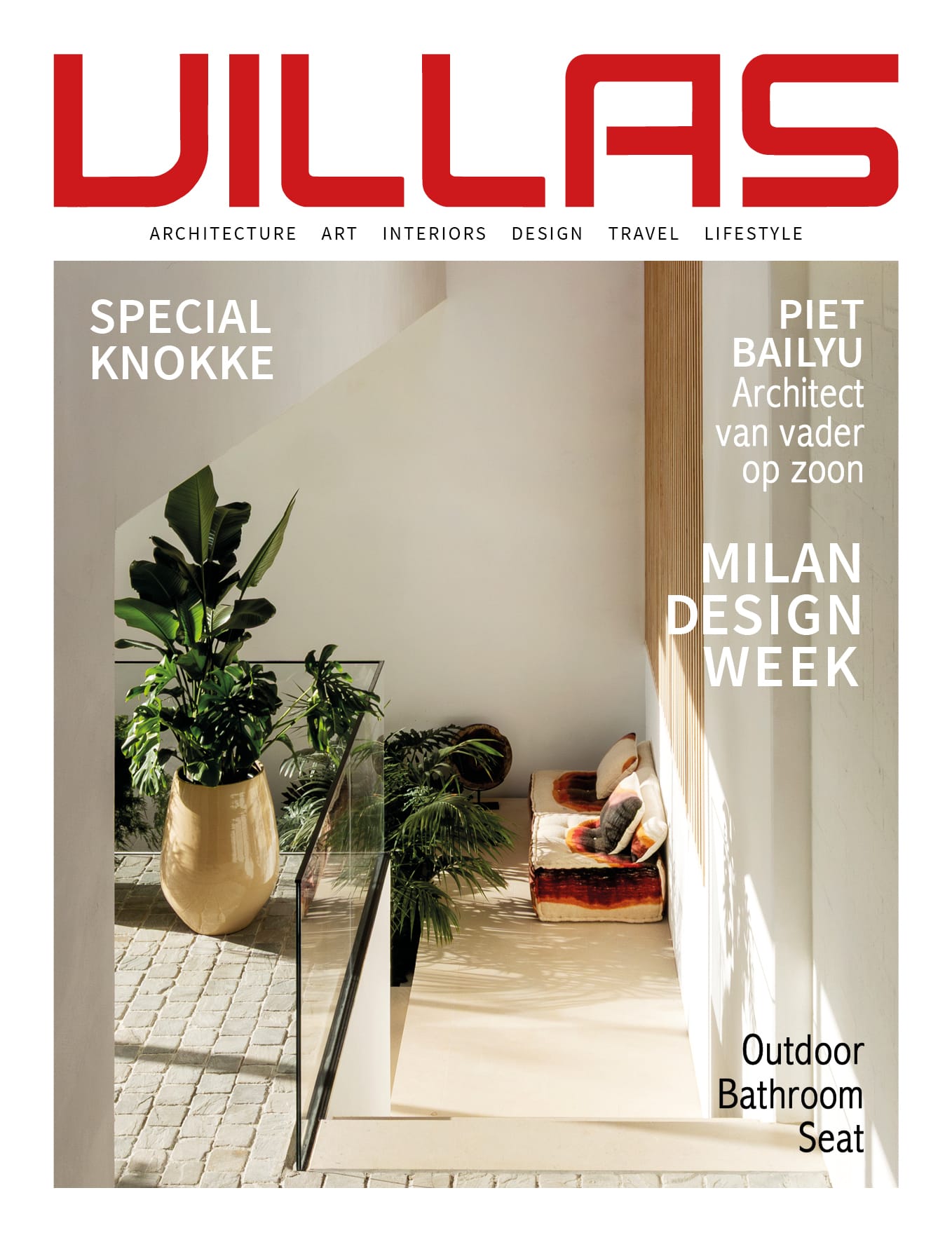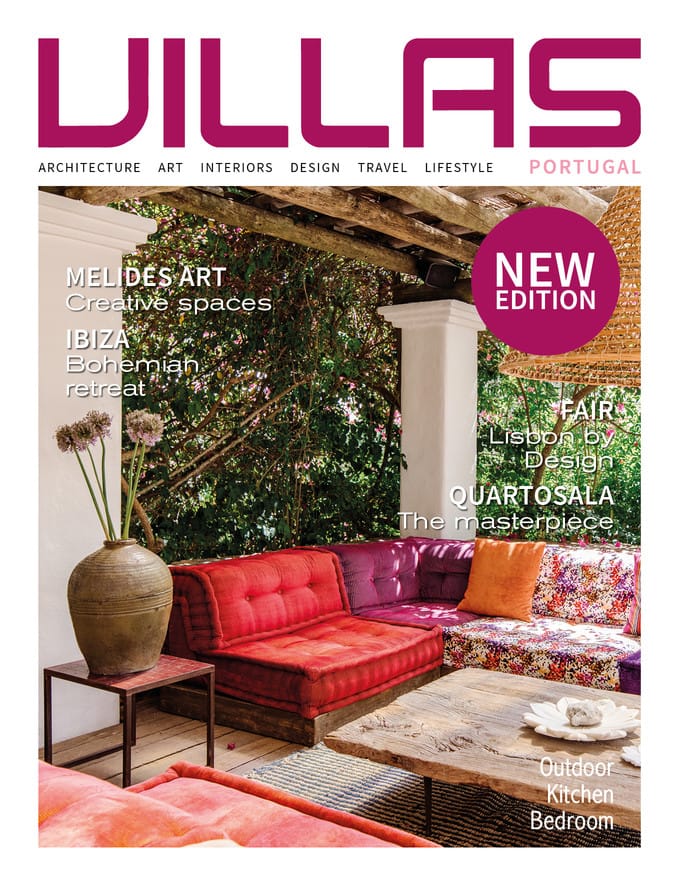Do you consider that you practice your profession for passion?
Only and only by passion.
What is your creative process?
To be able to transcribe the visions I have when I discover an architecture, an interior in the making. Then to be able to draw accurately in terms of proposals. Often the most beautiful projects are born in the most spontaneous way, the simplest. I like to compare my job to that of a composer, who writes a melody instinctively and then has all the technical ability to concretize the fruit of his thought with his instruments. To be an architect, in my opinion, is really to have the ability to feel the space and create something extraordinary.
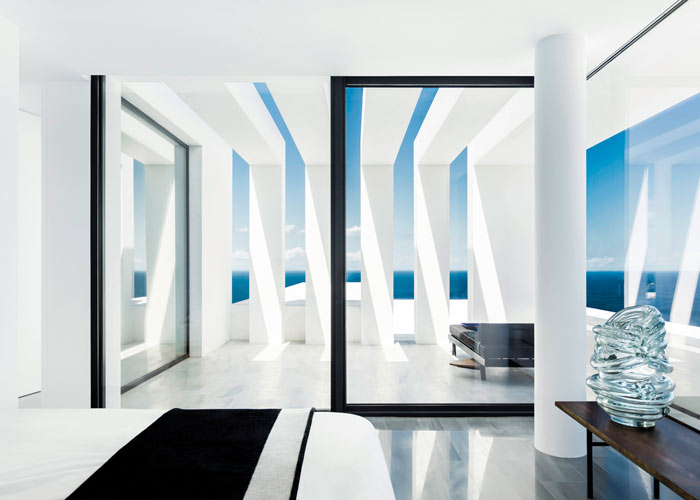
Olivier Dwek
Modernist furniture, contemporary art, large volumes. Is this your style?
It comes from the purity, the sobriety, the heritage of a certain minimal school. I create surprise by playing with materials. The most important work I do is on natural light because I work essentially for clients who love art and live with it, in “living” spaces. Thus, the volumetric work – the interior volumetry – is primordial in my work. I see it as a continuation of the history of architecture and the decorative arts of the 1920s and 1930s. Having said that, it is difficult for me to find a meaning to the word “interior architect”. I consider a perfect interior to be a space that is born of continuity with the exterior. The Silver House I built in the Greek Cyclades is a perfect example, between land and sea.
How do you observe the evolution of your practice since you started in the 2000s?
My main rule is to aim for timelessness, always. Today, I am happy to observe that my projects of 20 years ago have not aged a bit. They are still relevant today. To succeed in the challenge of timelessness, I banish all decorative and gratuitous aesthetic gestures, those that go out the window during a buyout or a renovation. I believe deeply in the great principle of 20th century modernist architecture, which is that form must follow function. I never let myself be influenced by trends, which are volatile by nature.
What architectural and design innovations have been key to your most recent projects?
At the N.E.S.T Foundation in the Ghent region, the ceilings are made of brushed aluminium. This is not only aesthetically pleasing, but also has the advantage of being a very effective light filter and sound absorber. For years, the timelessness of my projects has been based on these technical design features. I want to make all technologies invisible in the architecture I create. The only visible one is the window frame, for which I trust the Swiss brand Sky-Frame. Extra thin, with a sliding window up to eight metres high and a central post that cannot exceed two centimetres, the window frame from this company is a real feat. Thanks to this innovation, the window structure is flush with the ground, which accentuates the continuity between interior and exterior and corresponds perfectly to my architectural philosophy. The exterior views are emphasized and the spirit is liberated.
The history of a building and its architectural style are fundamental elements in your work.
Knowledge and mastery must be global. When I was young, I was fascinated by the work of the great architects Richard Meier and John Pawson, because they integrate both an exterior and interior design dimension and respect history while challenging it. The work of the German-born architect Mies van der Rohe, especially his Barcelona Pavilion of 1929, is a model for me. It represents the indissociation between interior and exterior that I have cherished since my early days. In my dreams, I am the grandson or heir to the modernism of the pioneers.
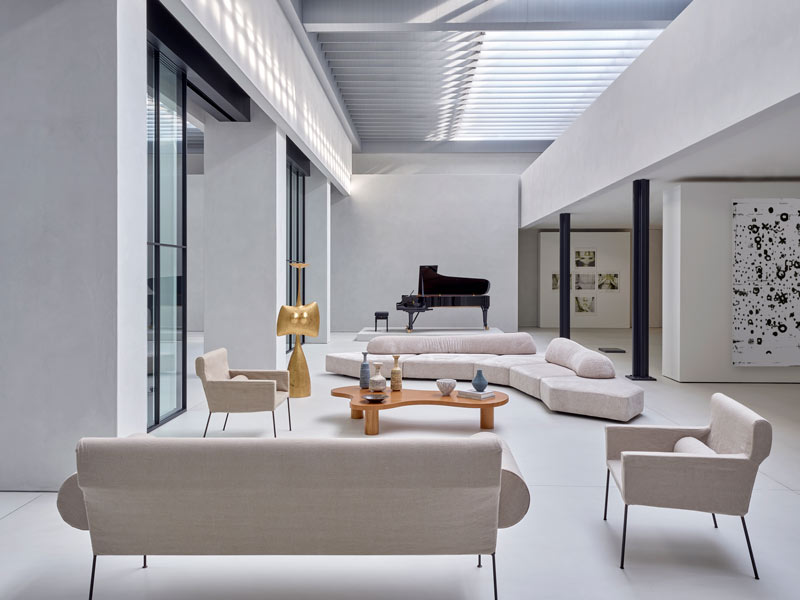
Olivier Dwek
Light, luxury materials and natural essences characterize your work. How do you manage to define a specific identity for each of your projects?
Architecture must be above all – if I had to put one word on it – only the function or origin of a place. Its geography, or even its climate. The identity of my projects is naturally drawn from these elements. In Belgium, for example, the light is opaline and greyish and the light grey stone can bring an architecture closer to the sky. Surrounded by beautiful gardens, a house reveals itself with nature. In Greece, you live in blue and white. The eye is caught by the light and the contrasts fade away to make room for a fullness that is total. In this Mediterranean context, the blue of the sea permeates the entirely white interiors with sublime penetrating effects. The personality of an interior and its materials are thus revealed from its environment.
Free forms, pure lines and black and white graphics also inspire you.
My inspiration in artistic terms comes from my other passion: visual arts. There was a time when I almost wanted to study art history more than architecture. Art taught me to look differently, to perceive the mysteries of each space, each atmosphere. I’m not interested in the first degree, but authenticity is. The unique practice of the British artists Gilbert & George inspires me in this respect, because it never lets itself be influenced.
You use many art and design galleries to furnish your clients’ interiors. What are your latest favourites in this area?
Certainly the expressionist approach of the young American painter Robert Nava and the rediscovery of the Camaleonda sofa by Italian designer Mario Bellini, designed in the 1970s and now reissued by B&B Italia. Also, the brutalist furniture of designer Rick Owens continues to fascinate me. His creations have great grace.
What legacy do you want to pass on through your creation?
If my interiors now inspire new generations to create, I think that’s great. My creations are certainly exclusive, but the main ones belong in a way to everyone. Everyone can enjoy the CAB contemporary art foundation in Brussels, for example. It is a great pleasure to know that my work as an architect can be appreciated universally.
